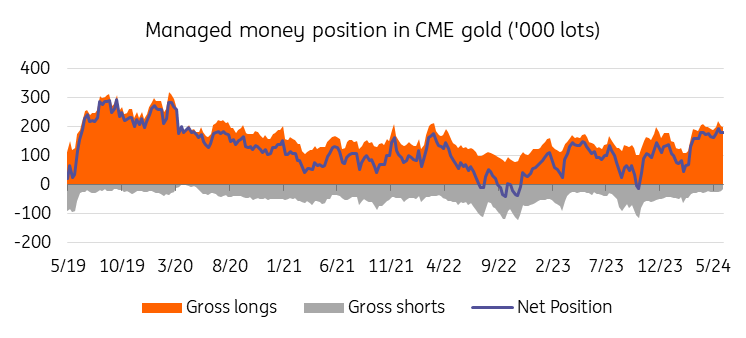Friends, let’s talk about something crucial – the shrinking margin debt in the Chinese stock market. Data out today shows that total outstanding margin loans across the Shanghai and Shenzhen exchanges fell by a significant 5.345 billion yuan to 17.86215 trillion yuan as of April 25th. Shanghai alone saw a 3.304 billion yuan reduction, while Shenzhen shed 2.041 billion yuan.
Now, why should you care? This isn’t just a number; it’s a leading indicator. Reduced margin debt often signals a cooling of speculative fervor. Investors are de-leveraging, meaning they’re paying down loans used to buy stocks. That suggests a weakening conviction in the market’s upward trajectory.
Let’s break down what’s happening and why it matters:
Margin trading allows investors to borrow funds from brokerages to buy stocks, amplifying potential gains (and losses). It’s a double-edged sword, fueling rallies, but also exacerbating declines.
When investors become risk-averse, they reduce their leverage by selling stocks to repay margin loans, creating downward pressure. It’s a self-reinforcing cycle.
Historically, a consistent decline in margin debt has often preceded market corrections or periods of consolidation. While it doesn’t guarantee a crash, it’s a flashing yellow light we, as prudent investors, absolutely cannot ignore.
We’ve seen similar patterns before, and the current decrease, while not alarming on its own, adds to a growing list of concerns about the sustainability of the recent rally. Stay vigilant and protect your portfolios. Don’t chase highs based on speculation; focus on fundamentals. The party might be cooling down.






